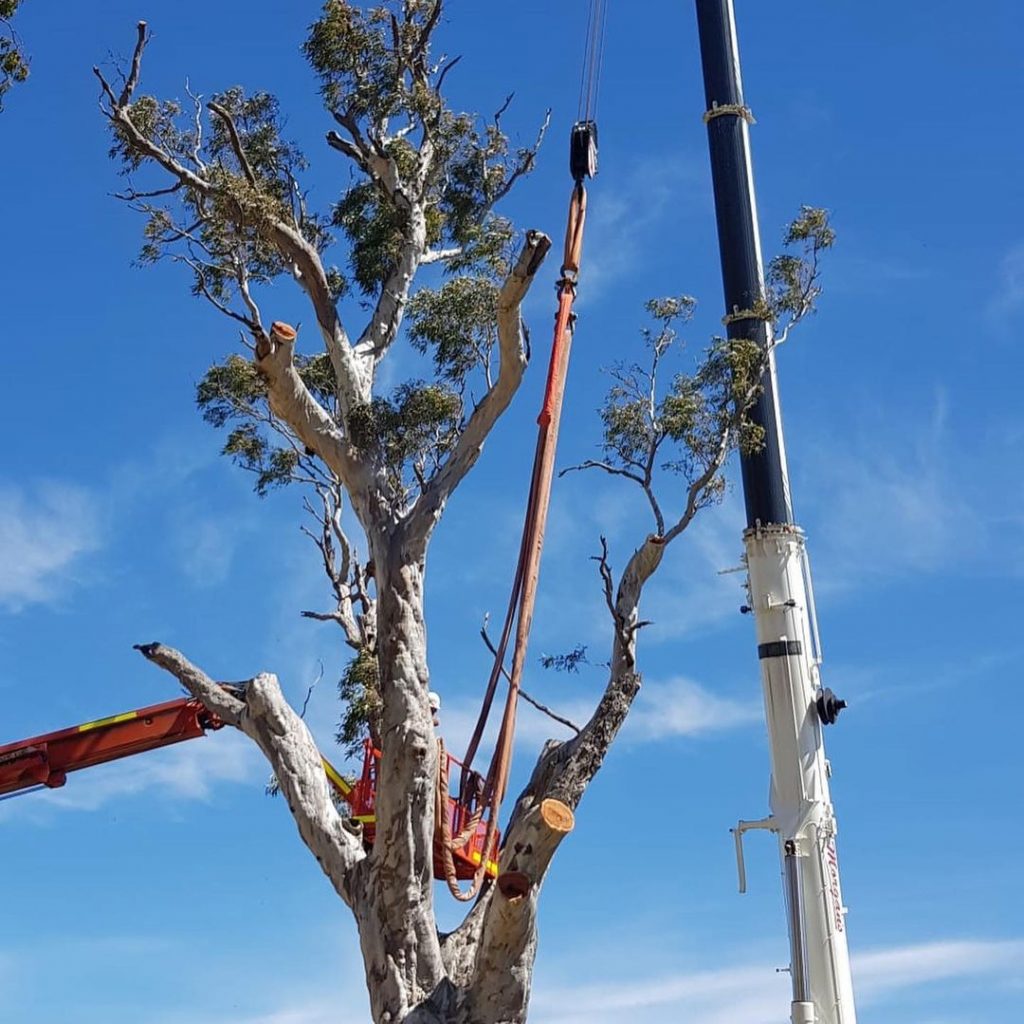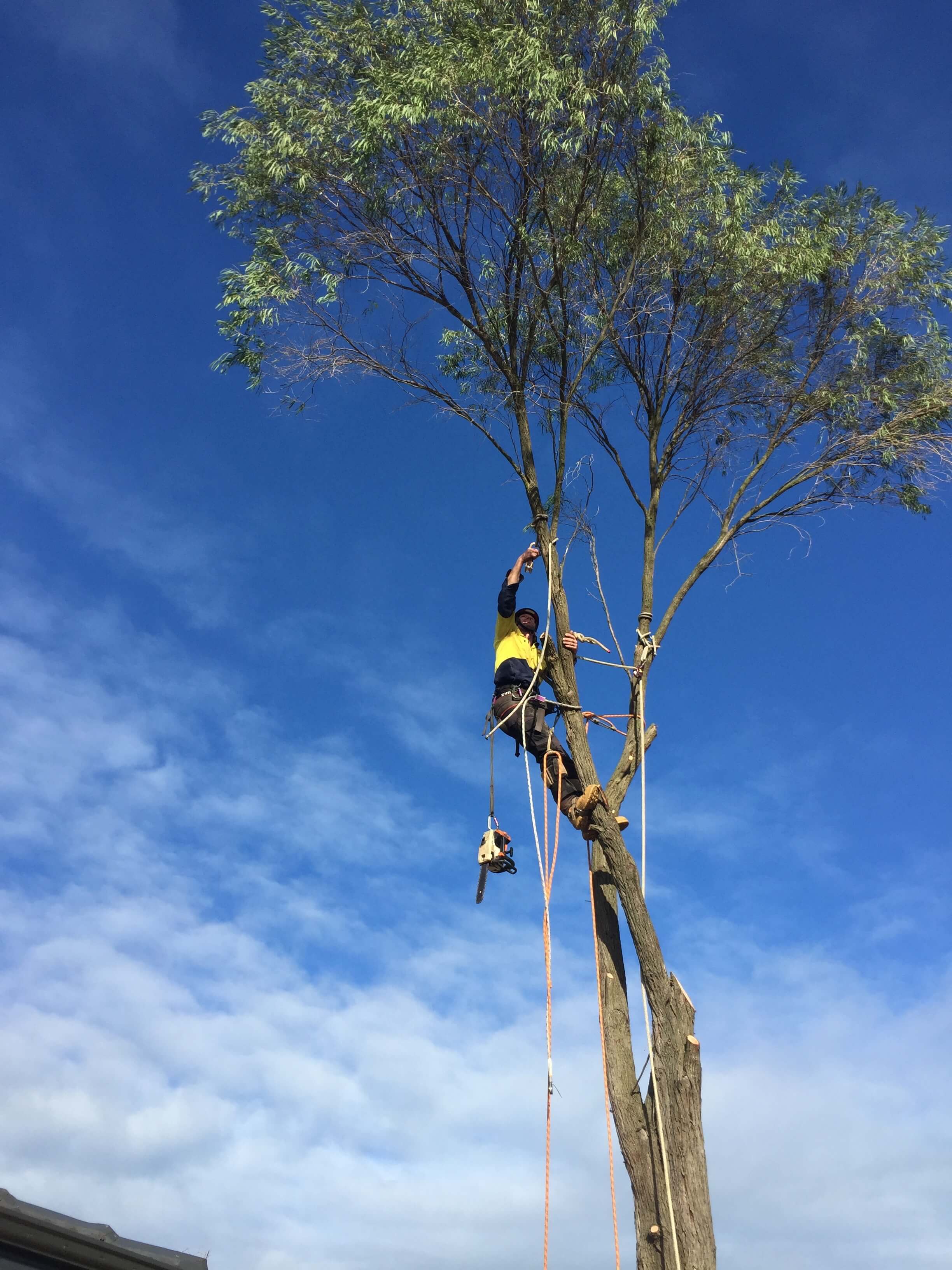All Categories
Featured
The removal of trees can produce open spaces that are at risk to weed invasion. When trees are existing, their thick canopies commonly shade the ground, restricting the amount of sunshine that gets to the dirt. However, after the elimination of trees, these open areas receive enhanced sunshine, offering perfect problems for weed development.

They might advise the usage of mulch, which acts as a safety obstacle on the soil surface, avoiding weed seeds from sprouting and reducing weed growth.

The visibility of trees fosters an abundant and varied area of dirt germs. Tree roots supply a resource of natural matter, exudates, and nutrients that sustain the development and activity of advantageous dirt microorganisms. Nonetheless, when trees are eliminated, the absence of their roots can disrupt the fragile equilibrium of the dirt's microbial ecosystem.
The Best Tree Cutting Services Wollongong Service?
This adjustment in pH can affect vitamins and mineral schedule, microbial task, and total dirt health. To attend to the impacts of tree reducing on dirt pH, tree elimination professionals can offer valuable recommendations. They might advise soil screening to evaluate the existing pH levels and identify the required changes. Based on the outcomes, experts can recommend pH modification techniques, such as adding lime to elevate dirt pH or integrating elemental sulfur to decrease it.

It describes the compression of dirt bits, causing lowered pore room and boosted dirt density. This compaction can adversely influence the dirt's ability to operate optimally, influencing its water-holding ability, nutrition accessibility, and origin penetration. Proper strategies utilized by tree elimination specialists can help decrease compaction and maintain the dirt's ability to maintain water, and enable ample airflow and mindful devices handling.
Latest Posts
What Is The Best Tree Removal Wollongong Area Company?
Who Is The Best Palm Tree Removal Wollongong Service?
How Much Does Wollongong Council Tree Removal Service Cost?